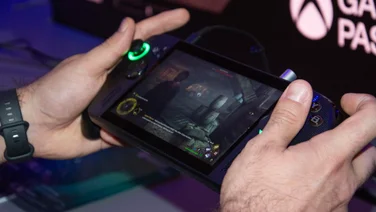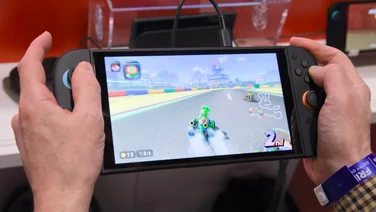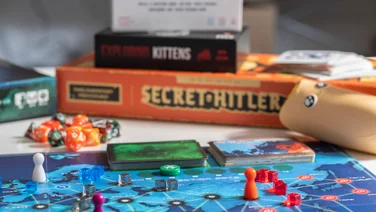To help us provide you with free impartial advice, we may earn a commission if you buy through links on our site. Learn more
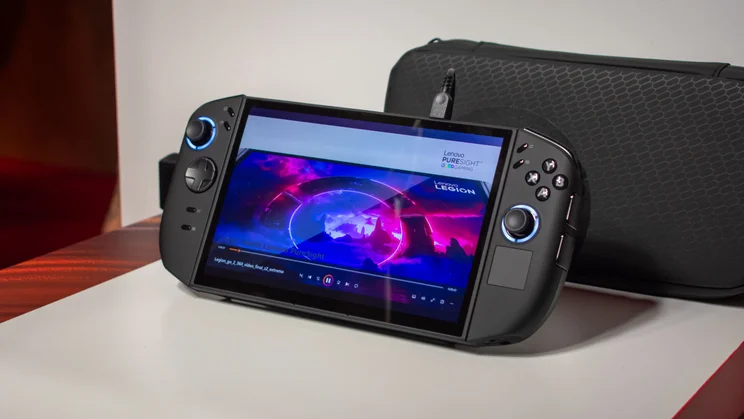
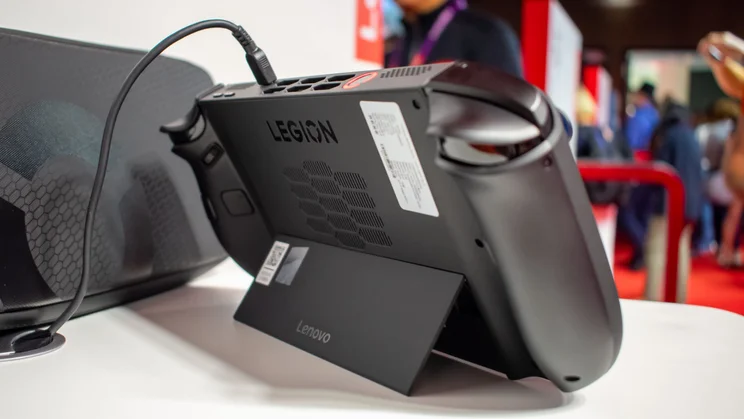
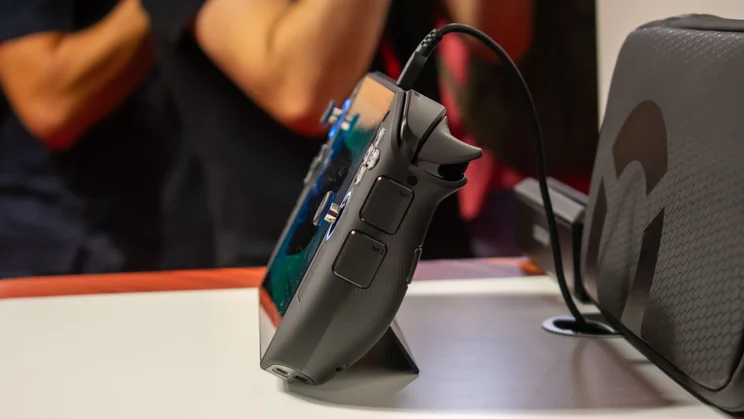
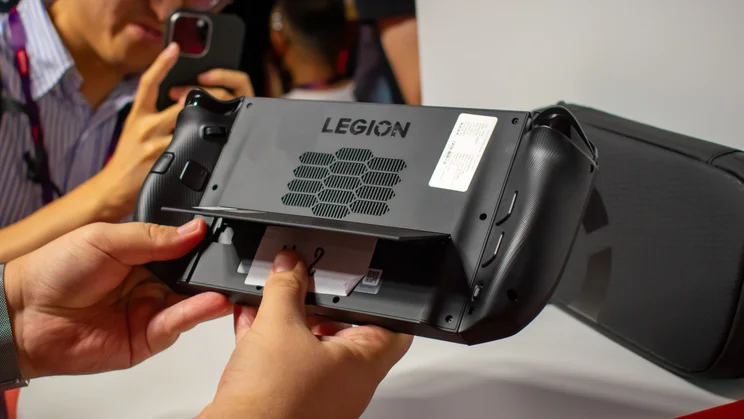
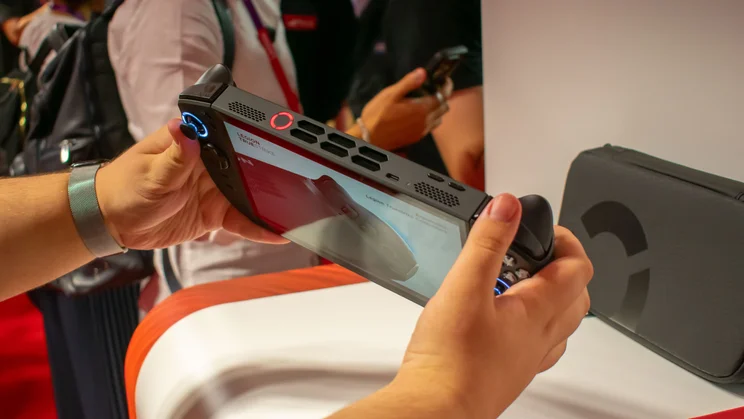
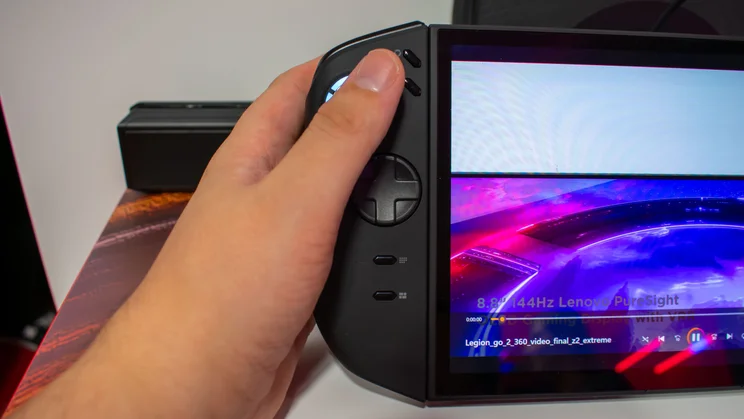
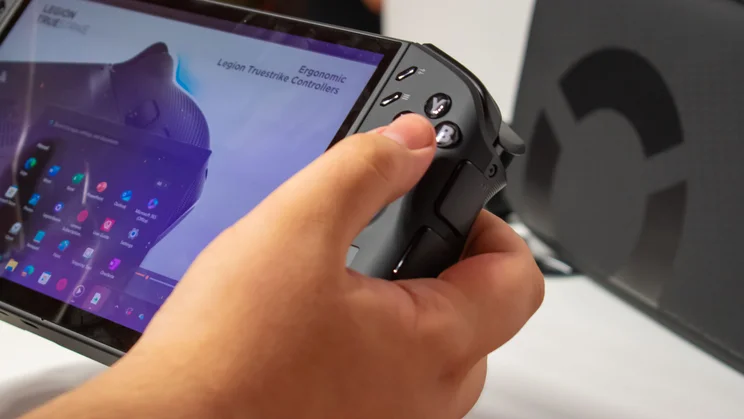
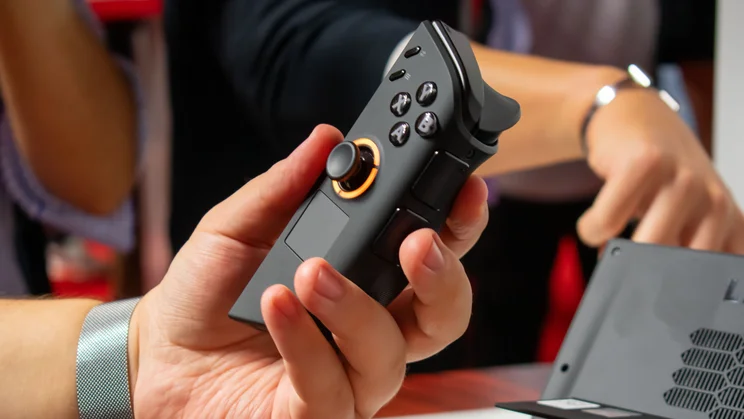

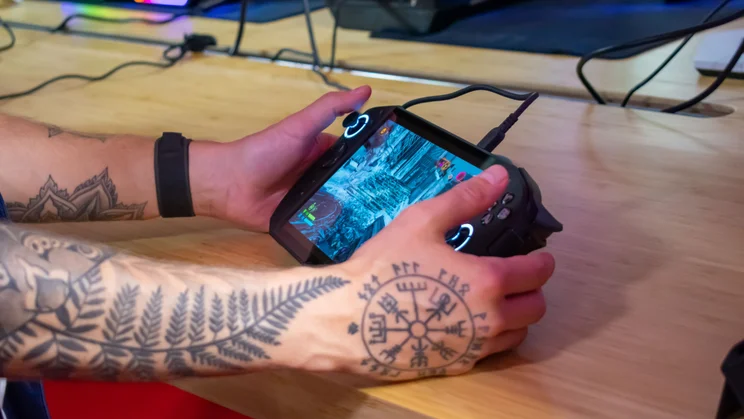
It’s going to be a busy autumn for fans of handheld gaming. We’ve already had the Nintendo Switch 2 earlier in the summer, followed by the reveal of the ROG Xbox Ally and Ally X, and now, Lenovo is jumping back into the fray with the Legion Go 2 handheld.
First teased at CES 2025, the Lenovo Legion Go 2 is a handheld gaming PC that runs on Windows 11. Just like the first-generation Legion Go, it’s fronted by a massive 8.8in display that overshadows most of the competition – both the upcoming Xbox Ally handhelds have 7in displays.
Speaking of the Xbox Ally series, Lenovo is also beating Asus to shelves, with the Legion Go 2 set for a September 2025 release date, while the two Xbox Ally devices won’t be with us until 16 October. Before you decide which to preorder, though, let’s take a look at the specs.
Lenovo Legion Go 2: Specifications, price and release date
- 8.8in, 1,920 x 1,200, 144Hz, 16:10, 500 nits, OLED display
- Up to AMD Ryzen Z2 Extreme processor
- Up to AMD Radeon 890M graphics
- Up to 32GB of LPDDR5X 8000MHz RAM
- Up to 2TB M.2 SSD (Gen 4)
- Support for microSD cards up to 2TB
- 74Whr battery
- Wi-Fi 6E and Bluetooth 5.3
- Dimensions with controllers: 296 x 42 x 137mm (WDH)
- Weight with controllers: 910g
- Price: From €999 (UK price TBC)
- Release date: September 2025
Lenovo Legion Go 2: What’s new and first impressions
The first thing to note is that, despite the display size remaining the same, the resolution has dropped, from 2,560 x 1,600 on the first generation to 1,920 x 1,200 here. That doesn’t feel like a huge deal – the ROG Ally models, including the Xbox variants, all have a standard 1080p (1,920 x 1,080) resolution, and none of them have ever felt lacking in pixels.










If Lenovo needed to make cuts, this feels like a smart place to do so. And the display still looks fantastic. Colours are beautifully vibrant, the smooth 144Hz refresh rate makes games glide across the screen and it gets nice and bright, with Lenovo stating a peak of 500 nits, which should be enough to let you comfortably game on the train.
That lovely display sits on a rather chunky body, which is similar in size to the first generation but slightly taller. That’s not to say they look the same, however.
A big feature of the Lenovo Legion Go 2 is the redesign of the TrueStrike Controllers. The new models are certainly more striking (heh), with RGB lights around the thumbsticks and ergonomic curves that nestle neatly into your hands. Comfort is key with these hefty handhelds and after my hands-on time with it, I believe that the Legion Go 2 has found a nice balance in that regard.
In addition to the usual grab-bag of face buttons, there is once again a small touchpad low down on the right controller, as well as three customisable buttons that you can programme in the Legion Space app.










As before, the controllers can detach from either side of the display, allowing you to prop the Legion Go 2 up by its rear kickstand and play remotely, similar to a Nintendo Switch. That was music to my ears because, as ergonomic and comfortable as the controllers are, the Legion Go 2 is quite heavy. It wasn’t drastically cumbersome during my session but I can’t see myself holding it aloft for the entirely of a commute.
Lenovo has also borrowed another feature from Nintendo (specifically the Switch 2): the right controller can be turned on its side and used like a mouse. I saw this in action with a first-person shooter and the controller glided suitably smoothly across the table, allowing for quick response times and precise adjustments. This will never be my favourite way to play shooters but for what it is, the TrueStrike controllers do a decent job.
Perhaps best of all, these new controllers are backwards compatible with the first-generation model, so those building a collection of handhelds can make the most of these new features, even if playing on the older console.










Otherwise, the upgrades are all on the inside. We don’t have specific configuration loadouts just yet, but the top-end model will run on the AMD Ryzen Z2 Extreme with Radeon 890M graphics, backed up by a whopping 32GB of memory and a 2TB SSD – with the option to install a microSD card for up to 2TB of additional storage. The 74Wh battery is also quite a bit larger than the first generation (49Wh) but not quite as big as the ROG Ally X (80Wh).
That fully loaded model will no doubt be more expensive than the €999 price that I’ve been given, which begs the question – will the base model have the chops to go head-to-head with the ROG Xbox Ally X? We still don’t have a price for the latter, so it’s hard to say at this point, but I’d guess that the two will be priced quite closely to one another.
Will the Legion Go 2’s large display be enough to lure gamers away from the Xbox handheld? We’ll find out soon enough. Keep an eye out for more as we get closer to the (probably late?) September release date, and we’ll have a final verdict for you on which handheld gaming console we prefer very soon.



